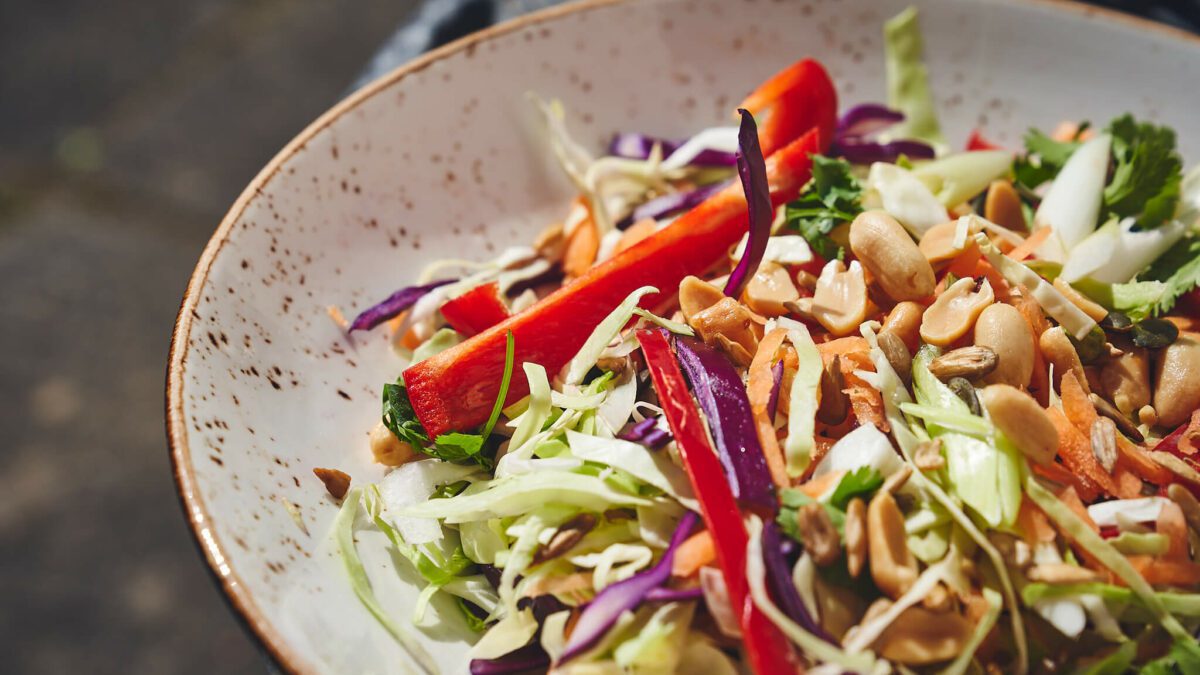

Disclaimer: This article has been written by a guest author. The author’s views are entirely his or her own and may not always reflect the views of Future Fit Training.
It’s not always easy to eat healthy when you’re watching your wallet. It takes some trial and error to try and figure out what meal ideas work best for you. But, it’s certainly not impossible to find nutritional and affordable food.
With a few tips, you’ll be on your way to a budget-friendly, healthy diet.
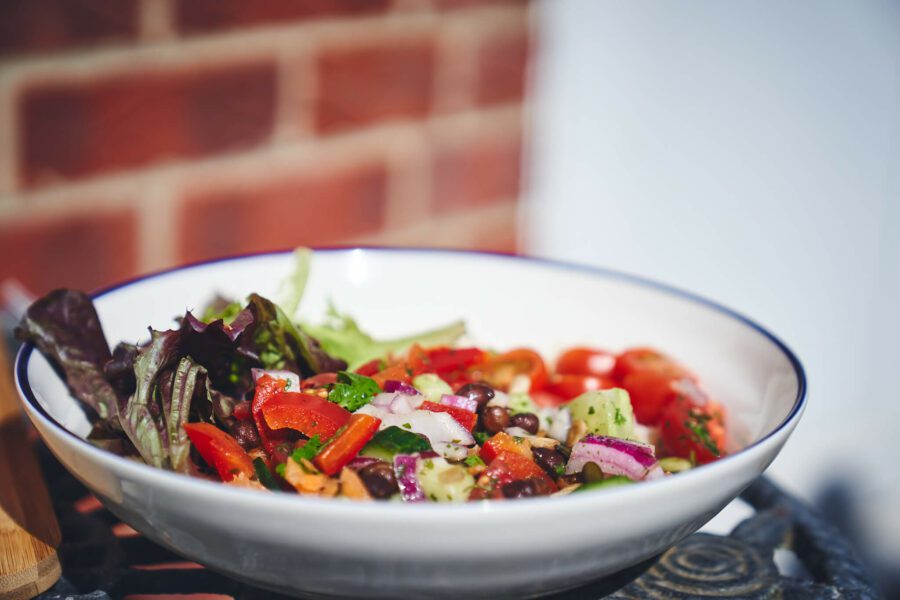
The myth that frozen food is bad for you is ruining the reputation of some healthy frozen options. Freezing fruit and veg preserves the nutrients so all the good stuff is locked in ready for you to eat.
Fruit can spoil quickly and since it’s expensive, the best thing to avoid wasting money and food is to freeze your fruit. You can even pre-pack smoothie bags so to save yourself time. Just select your recipe and pack your veg and fruit into separate bags.
Bulk-buy vegetables such as broccoli, carrots and cauliflower, so you can cut them up and freeze them. Vegetables can last for months in the freezer, which is useful for your meal prep too.
Pre-planning your meals is one way to save some money. You can prep for the whole week if you have space in your fridge. Otherwise, try and meal plan for a few days at a time. Meal planning helps you to avoid binging or overspending on your lunch. Try pre-preparing your own refreshing juices for the morning, and grab yourself a bargain blender by using a studio discount code.
There are a few meals that are straightforward for your meal prep. Brown rice with either chicken breast or minced lamb topped off with steamed veg is an easy recipe. Another quick recipe is salmon, asparagus, potatoes and green beans.
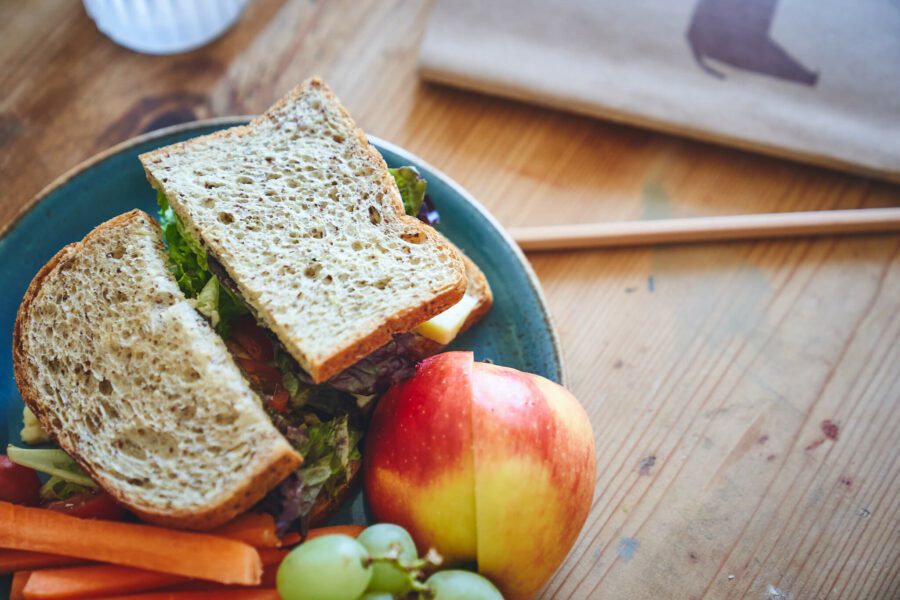
Snacking has notorious connotations when most of us think about snacks we imagine cakes, chocolates and foods that are full of sugar and carbs. Redefine your snacking habits by trying some of the below, the best part is they’re also cheap.
Pasta can be eaten in moderation, try and find gluten-free brands. If you’re trying to gain weight then pasta will definitely help. If you’re trying to lose weight then substitute traditional pasta for courgette pasta. Try and avoid store-bought sauces like white sauce or carbonara, and instead buy tomato puree or even better, fresh tomatoes and make your own sauce.
We’ve all had those student days of binging home cheap, instant noodles but it probably comes as no surprise that they’re full of additives and other pointless ingredients. The good news is you can buy courgette noodles/spaghetti, which can you can cook in a few minutes.
It’s getting easier to find healthy alternatives and still create tasty recipes, although the taste of courgette noodles won’t be the same as spaghetti, the texture is surprisingly similar. You can also get sweet potato noodles, add your spices, some veg and chicken breast for a bowl of nutritional goodness.
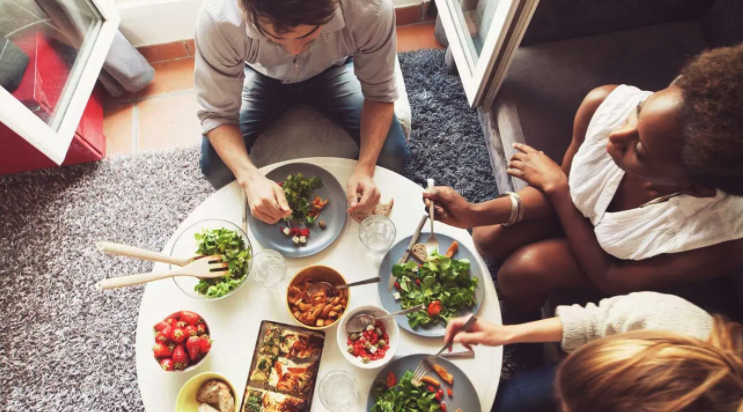
Coffee is something most of us need, crave and exist on. Coffee in the morning is fine but consider what you’re adding to it. A caramel macchiato or sugary frappuccino is more like indulgence than actual coffee. They’re expensive and rack up a high-calorie count. So save your money by buying your own coffee or a black coffee instead. If you do add milk then try not to add sugar, syrups and chocolate powder.
If you’re going out to dinner or to a bar then consider what drinks you’re going to order. Cocktails are full of sugar, which is a widely known fact, but some are worse than others. A Pina Colada can rack up hundreds of calories, which is comparable to eating a burger. A Jagerbomb is around 200 calories, in comparison, a pint of beer is approximately 180 calories. If you want to responsibly enjoy a few glasses and keep your calorie count down then the drinks below are good alternatives.
A popular assumption is that salads are healthy; the truth is that many salads you can buy have excess calories in the shape of croutons, dressings and even avocado. Ordering salads or buying prepared ones from the supermarket can become expensive, so try making your own. Buy your ingredients and remember to be mindful of how much dressing you’re using, think about your portion size too. You’ll discover that when you break down the cost of salad ingredients you’ll get possibly 2 or 3 servings for a fraction of the cost.
Think twice before adding avocados to your salad. They actually contain a lot of calories and they’re pricey. Even though they contain natural fats, its best to eat avocados in moderation. Even though they’re a fad, you don’t need to eat them every day.
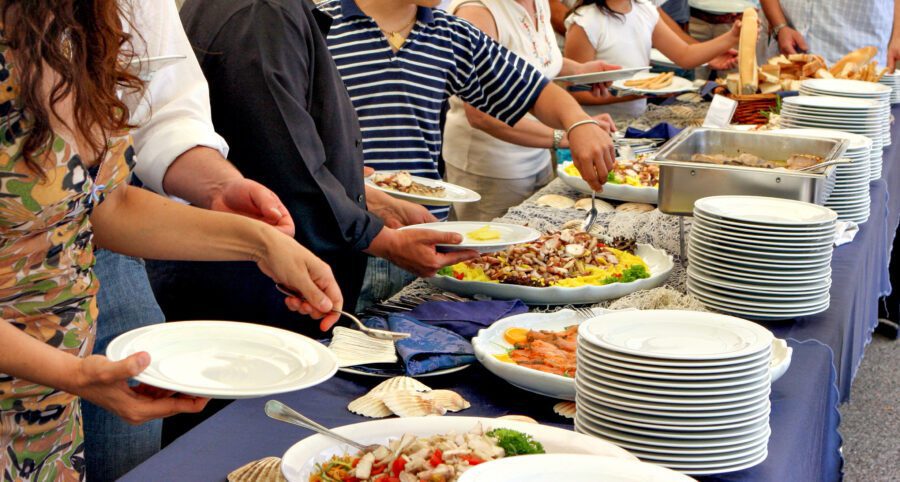
For meat lovers, it’s easy to feel the need to add meat to every dish, but the price adds up. Meat isn’t cheap so look at different cuts of the animal, for example, it’s widely known that chicken breast is a good source of protein but the other parts of the chicken are still beneficial. If you’re trying to gain weight then the wings and drumsticks will aid you in your mission, since they’re the fattier parts of the chicken, they’re also usually cheaper.
If you’re a chicken lover then buy a whole chicken, as it’s cheaper than buying pieces separately. You can then prep a few variations such as spicy chicken and potatoes, chicken and winter vegetables and chicken and brown rice.
Try and go without meat for a day or two, some alternatives are high in protein if you’re trying to build muscle. Eggs and beans will provide you with your needed protein intake and are significantly cheaper than meat. Canned fish is also a versatile option that’s full of protein and you’ll find it costs a lot less than fresh fish.
If you don’t have the time to get stuck into frequent meat-free meal prep, choosing a service that offers convenient delivery of high-protein meals at wallet-friendly prices is sensible and affordable.
If you don’t have the time to get stuck into frequent meat-free meal prep, choosing a service that offers convenient delivery of high-protein meals at wallet-friendly prices is a sensible and affordable solution for ensuring efficient delivery of nutritious options to your doorstep.
For items like brown rice, oats and canned food, buy in bulk or when there’s a sale on. It makes sense to buy the larger packets so won’t have to run to shops every few days. When it comes to selecting your brands, check the nutrients on the back, don’t just buy the popular, overpriced brands.
Think about meals that you can create using fewer ingredients; limit yourself to three or four such as chicken, mushrooms and brown rice. Reuse your leftovers and incorporate them into another meal. If you have leftover cooked vegetables or meat then create a soup, omelette or salad. To avoid food wastage, make a list of all the items in your fridge and the expiry dates so that you can ensure you cook everything on time.
Watching what you spend isn’t an excuse to binge on fast food; you might start to regret it when you see the pounds piling on. Healthy foods aren’t always the cheapest but with a few tips and tricks, you’ll realise that you’re eating well for a lot less than you expected.